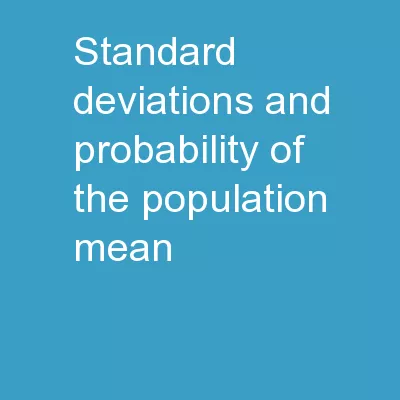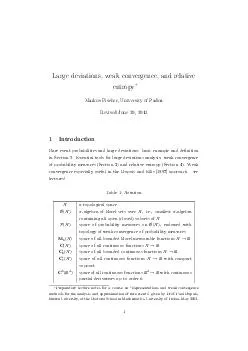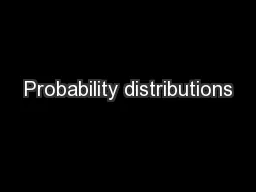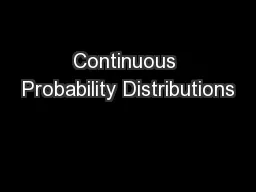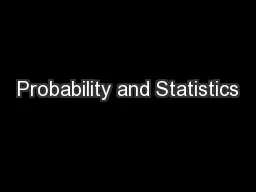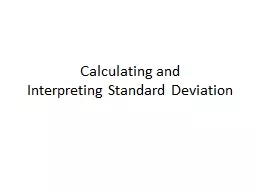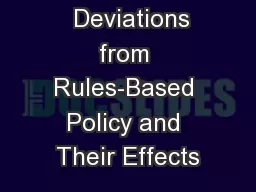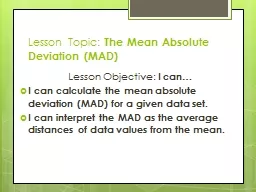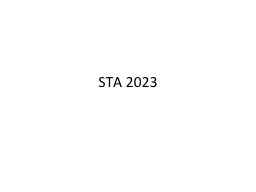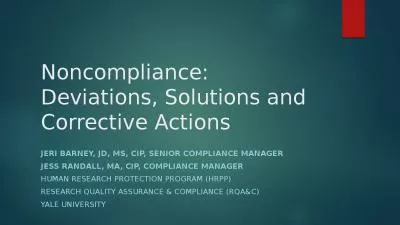PPT-Standard deviations and probability of the population mean
Author : alida-meadow | Published Date : 2019-03-02
Bayesian Inferencing Thomas Bayes Basic Probabilities The probability of something occurring is the number of ways that thing can occur divided by the total number
Presentation Embed Code
Download Presentation
Download Presentation The PPT/PDF document "Standard deviations and probability of t..." is the property of its rightful owner. Permission is granted to download and print the materials on this website for personal, non-commercial use only, and to display it on your personal computer provided you do not modify the materials and that you retain all copyright notices contained in the materials. By downloading content from our website, you accept the terms of this agreement.
Standard deviations and probability of the population mean: Transcript
Download Rules Of Document
"Standard deviations and probability of the population mean"The content belongs to its owner. You may download and print it for personal use, without modification, and keep all copyright notices. By downloading, you agree to these terms.
Related Documents

